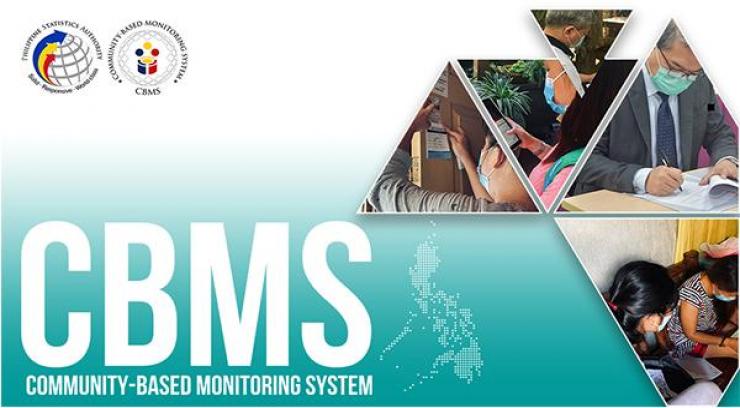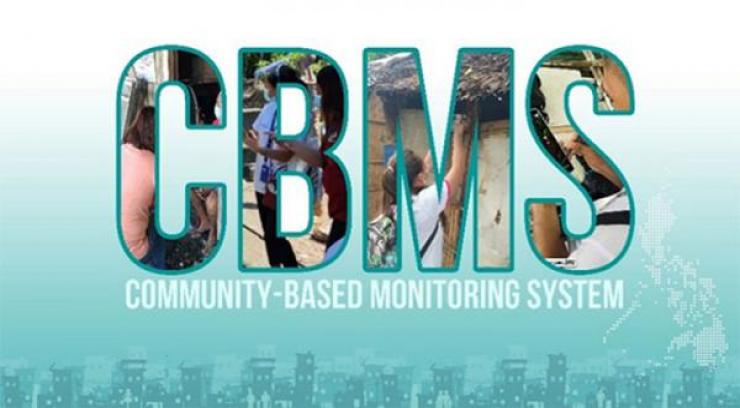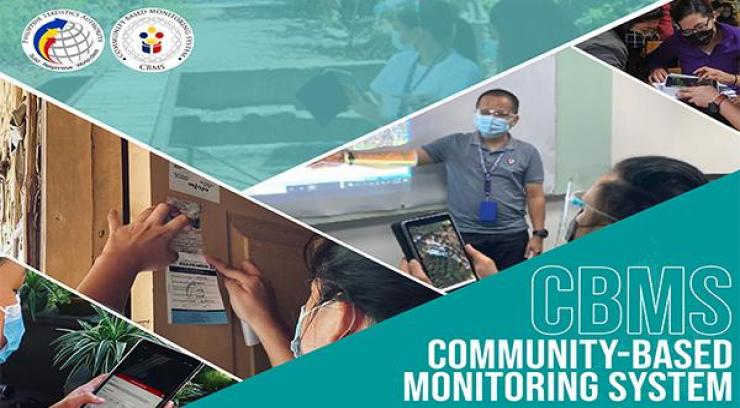About CBMS
By virtue of RA 11315, otherwise known as the “Community-Based Monitoring System (CBMS) Act” signed into law on 17 April 2019, the PSA is mandated to implement the CBMS through the Community-Based Statistics Service of the Censuses and Technical Coordination Office.
What is CBMS?
According to the law, CBMS is an organized technology-based system of collecting, processing, and validating necessary disaggregated data that may be used for local planning, program implementation, and impact monitoring while empowering communities to participate in the process. It involves generation of data at the local level which serves as a basis in targeting households for government programs geared towards poverty alleviation and economic development.
As a statistical activity, the CBMS entails a census of households undertaken by the local government units (LGUs) with the participation of the community using accelerated poverty profiling systems in the data. Data that will be generated by the CBMS are the compendium of localized facts, figures, and maps on the different dimensions of poverty such as health, nutrition, water, sanitation, shelter, education, income, employment, security, and participation.
What are the objectives of the CBMS?
Relative to the Act’s mandate, the following are the main objectives of the CBMS as stated in the IRR:
-
to adopt a community-based monitoring system which generates updated and disaggregated data necessary in targeting beneficiaries;
-
to conduct more comprehensive poverty analysis and needs prioritization
-
to design appropriate policies and interventions;
-
to provide mechanism for impact monitoring over time;
-
to provide information that will enable a system of public spending that warrants government allocation on areas and populace that are most wanting;
-
to establish a data collection, data sharing, and information management system which shall respect the fundamental human right to privacy, ensure data quality, and uphold data protection principles of legitimate purpose, transparency, and proportionality;
-
to establish CBMS database at the national and city/municipal level; and
-
to generate relevant statistics at higher levels that will complement and supplement the local level data.





